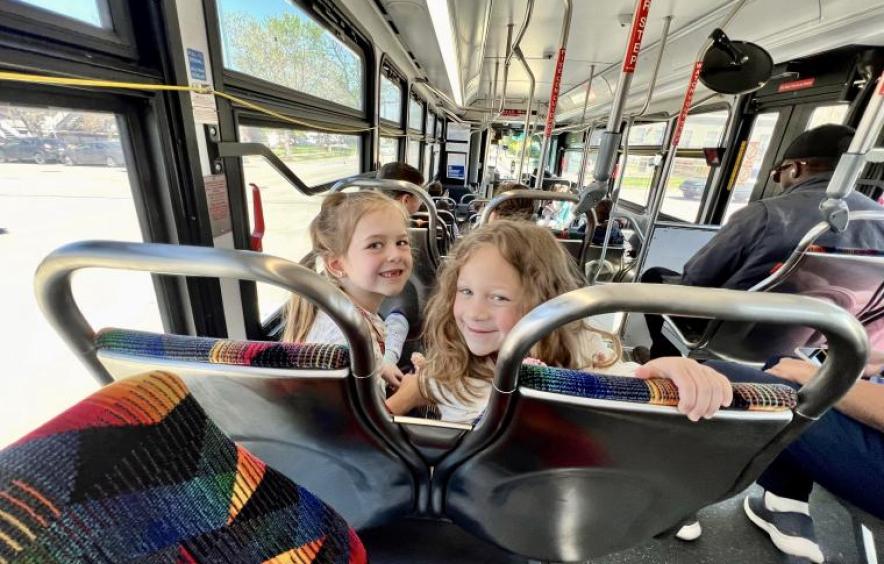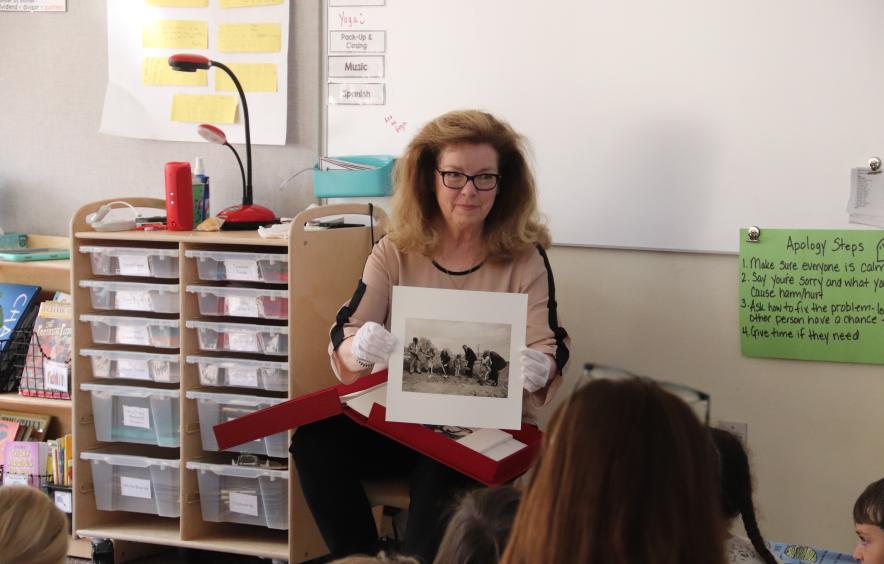Ricks Through the Years
Over the years, the program has grown into a school serving approximately 250 children from preschool through the eighth grade. Once staffed by graduate students, our current program is comprised of experienced, certified classroom teachers, skilled content-area specialists, and dedicated administrators. The University of Denver (DU) offers faculty consultants, fundraising support, mentorships, and classroom opportunities for Ricks Center students. The leadership and support of Chancellor Daniel L. Ritchie provided the foundation and inspiration for continued growth and the pursuit of excellence. Chancellor Robert Coombe provided, and Chancellor Jeremy Haefner continues to provide, support for Ricks Center as an integral part of the University of Denver.
As the student body changed, so did the needs of Ricks Center. A major fundraising drive in 1990 resulted in funding for a new facility. The Temple Hoyne Buell Foundation, Mrs. Ruth O.W. Johnson, current families, and several anonymous major donors were essential to the success of the drive. In November 1991, Ricks Center for Gifted Children was dedicated and named after Alta Merle Ricks, the major benefactress. A new addition was completed in 1996, adding ten classrooms. The new facility was designed by architects who encouraged the children to contribute their ideas, and today it stands as a reflection of the unique learning needs of its students. The school now enjoys a building designed specifically for educating gifted young people. Classrooms, a science and visual arts laboratory, library, foreign language labs, a multi-purpose room (for physical education, drama, music), and administrative office space are all housed in one building. Outdoor playgrounds are located on the site, and students also have access to many DU facilities.




